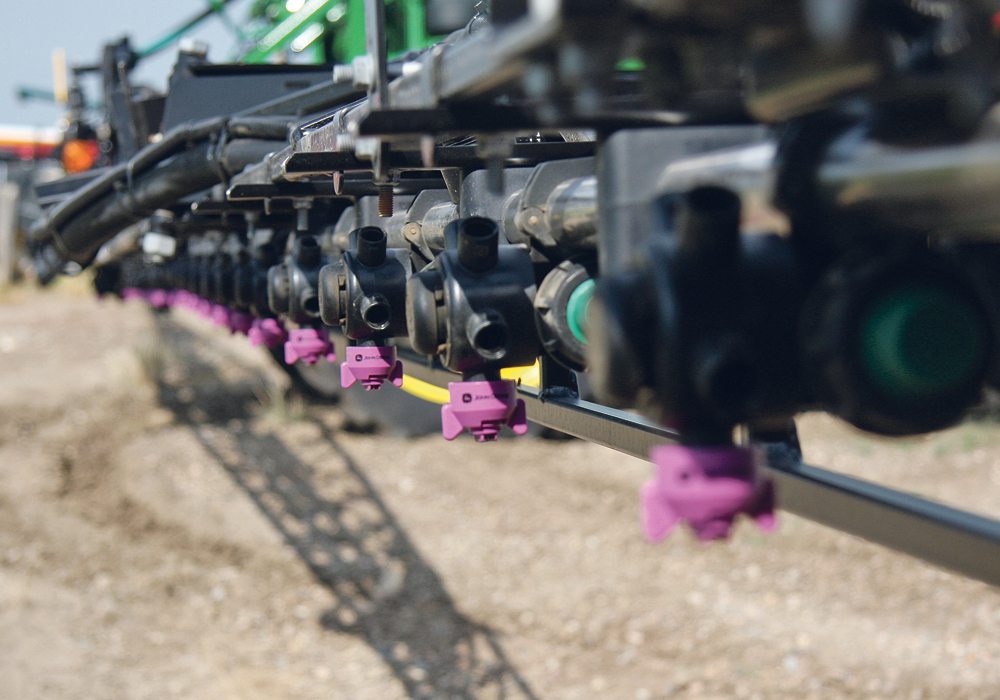It has been said that organizations are best defined by what they oppose versus what they support.
That seems too cynical a view of the world. I want to talk about what we stand for.
Canadian agriculture stands for science-based regulations and rules of trade. Farmers across this country depend on access to international markets for their livelihood.
Farmers in Mortlach, Sask., must have access to Japan, Indonesia, Algeria and about 100 other countries to ensure their farms are economically viable. If countries are permitted to set up trade barriers with no evidence-based health or safety concerns, then our friends farming in Mortlach will find themselves without markets to sell into.
Read Also

Budget seen as fairly solid, but worrying cracks appear
The reaction from the agriculture industry to prime minister Mark Carney’s first budget handed down November 4th has been largely positive.
But what is this science that Canadian agriculture stands for? It is the science behind Canada’s regulatory approval process for pesticides. Pesticides registered for use in Canada have been tested and found to be safe for human health, safe for animal feed and safe for the environment. This applies even to pesticides like glyphosate that the self-professed “experts” on the internet might not like. This assessment of safety is built upon rigorous research, scientific peer review and studies that have been replicated around the world.
Modern Canadian agriculture also stands for sustainability. Modern agriculture makes use of pesticides and chemical fertilizers, is often large in scale and makes use of cutting-edge technology to deliver new plant varieties that give higher yields, are more resistant to disease and have superior quality. Modern farmers use GPS and satellite imagery and gather and apply digital information to precisely place seeds and crop nutrients.
Many people might think words like “modern,” “large scale,” “pesticides” and “chemical fertilizer” do not belong next to “sustainability.” But these words do belong together.
Modern Canadian agriculture has a fantastic sustainability story, and I am going to use a bit of science to tell that story.
Between 1981 and 2011 (the last year for which we have data) the amount of energy needed to produce a tonne of wheat on the Prairies declined by 39 percent. Back in 1981, soil organic matter was being depleted.
But because of modern agriculture, such as conservation tillage, organic matter in prairie soils is increasing every year.
This means the soil is healthier today than it was in 1981. Soil is more productive and is less susceptible to wind and soil erosion. As well, farms across the country are sequestering carbon dioxide.
If you live near Mortlach, you know that the summer of 2017 saw record low rainfall in the region. In many towns, there was less rain than the famous droughts of the 1930s and yet farmers in the area did not have a complete crop failure.
Nor did Saskatchewan soil blow into Ontario all summer long like it did in the Dirty Thirties.
Modern agriculture stands for science, it stands for innovation and it stands for sustainability.
This does not mean we stand against other approaches, like organic or natural production.
There is room for many different ways of producing food, provided the production systems are safe.
What we in Canadian agriculture do not stand for is governments deviating from scientific evidence because of pressure from activists who do not believe the scientific consensus on modern agricultural practices.
Deviating from an evidence-based approach, such as banning or limiting pesticides that have been shown to be safe or limiting the use of modern biotechnology, will limit the tools available to farmers. It would reduce the environmental gains we have seen in the last 20 years.
Deviating from science-based rules of trade will limit agriculture’s ability to access markets around the world.
Cam Dahl is president of Cereals Canada.















